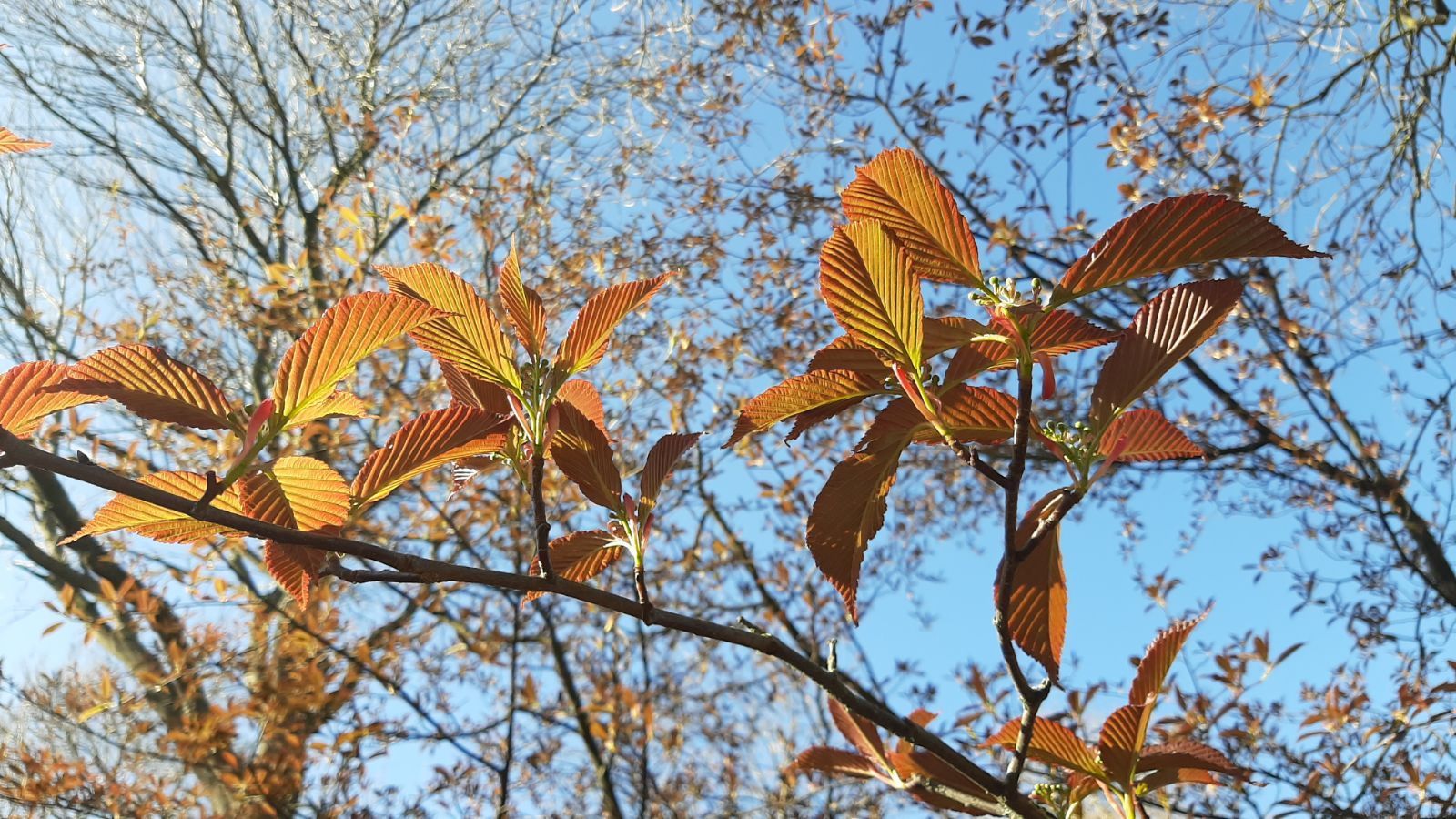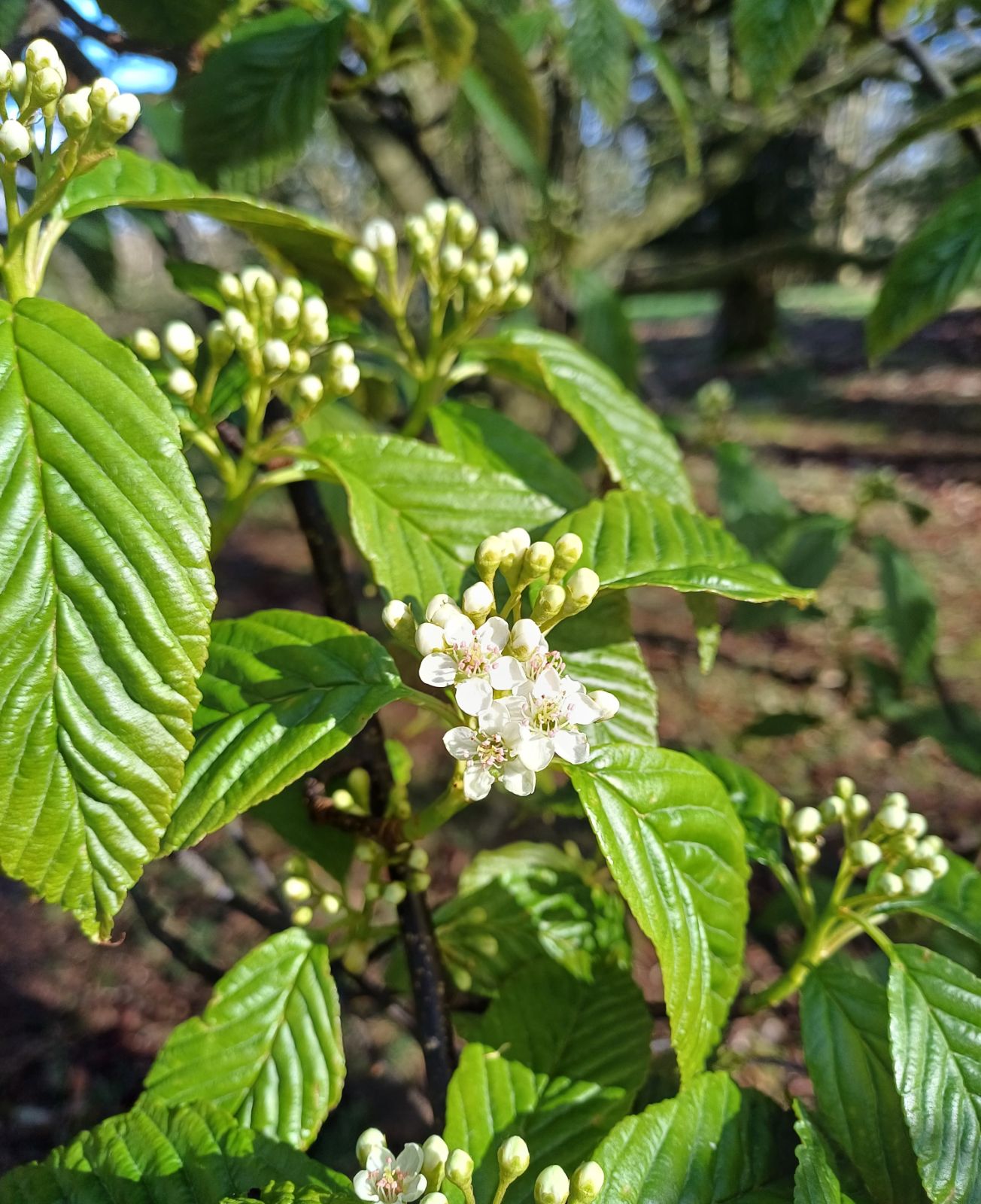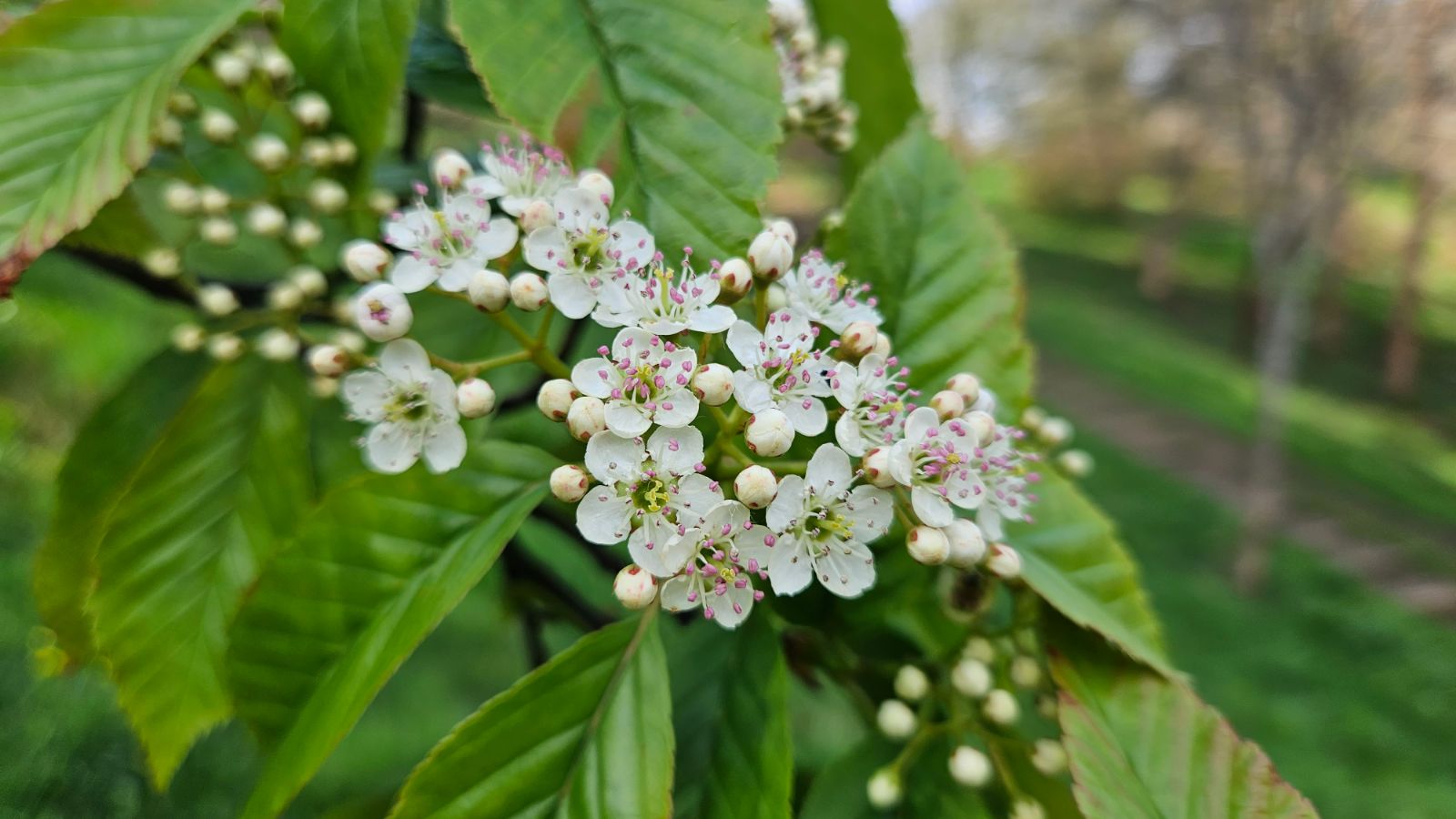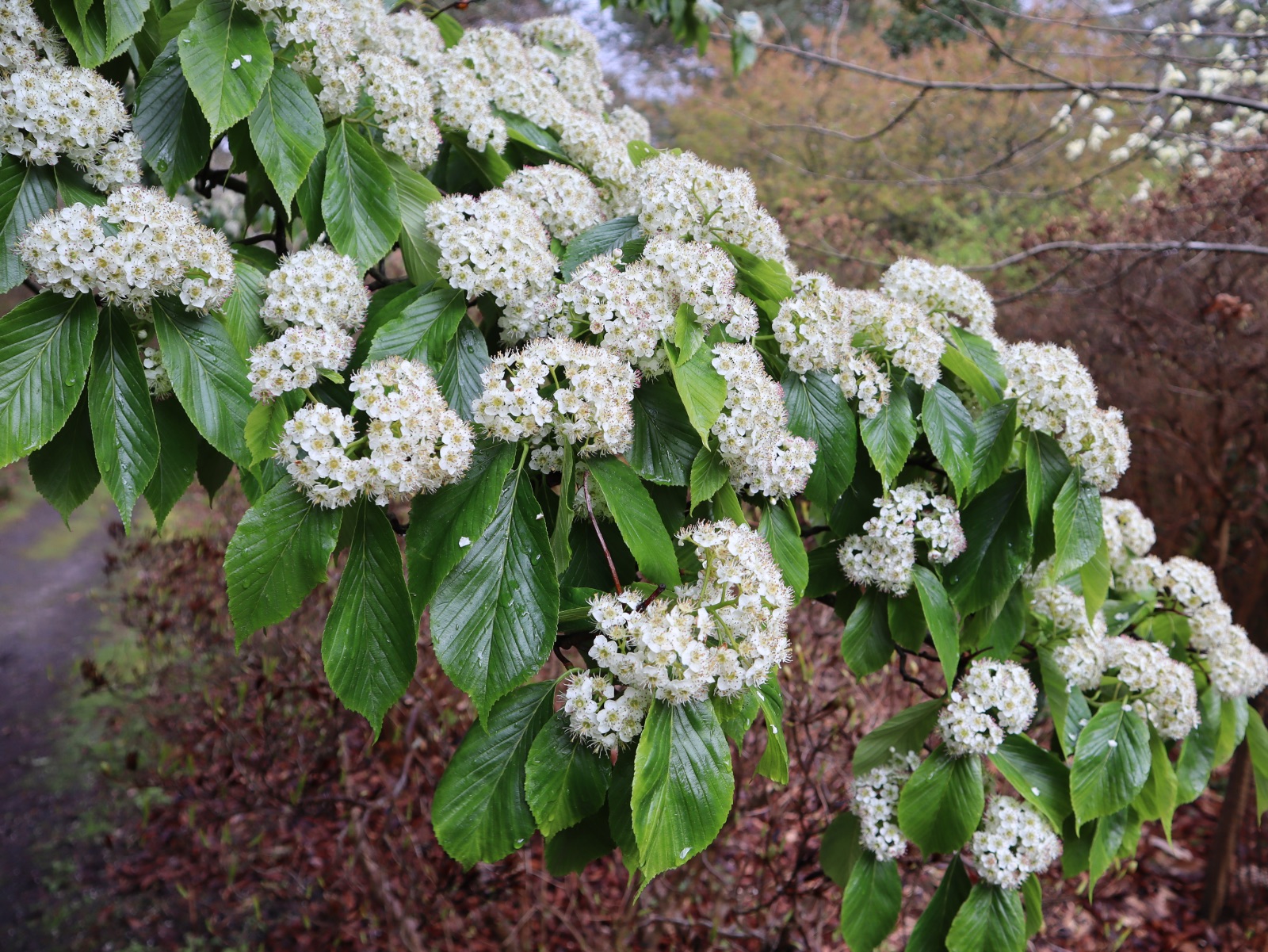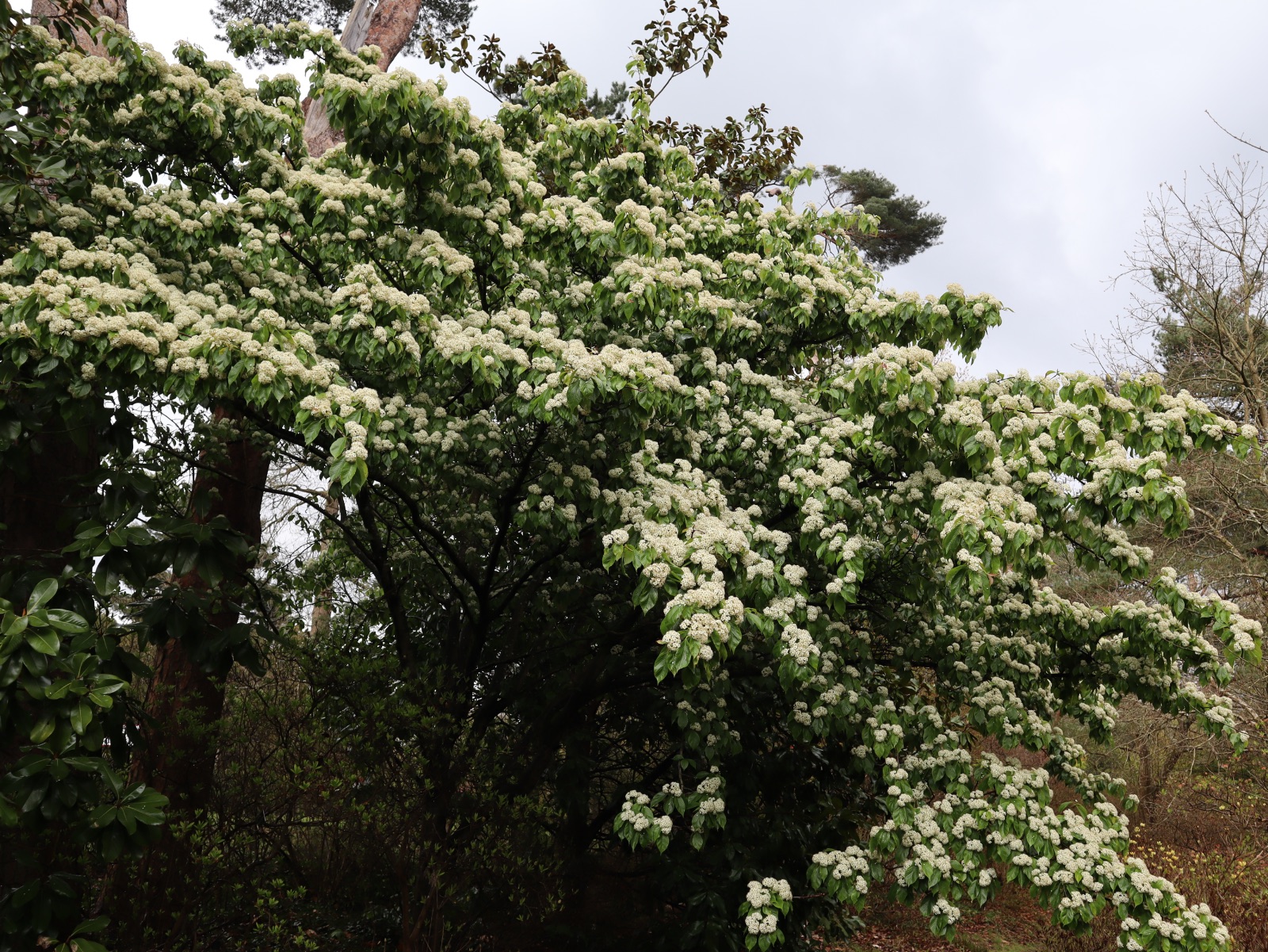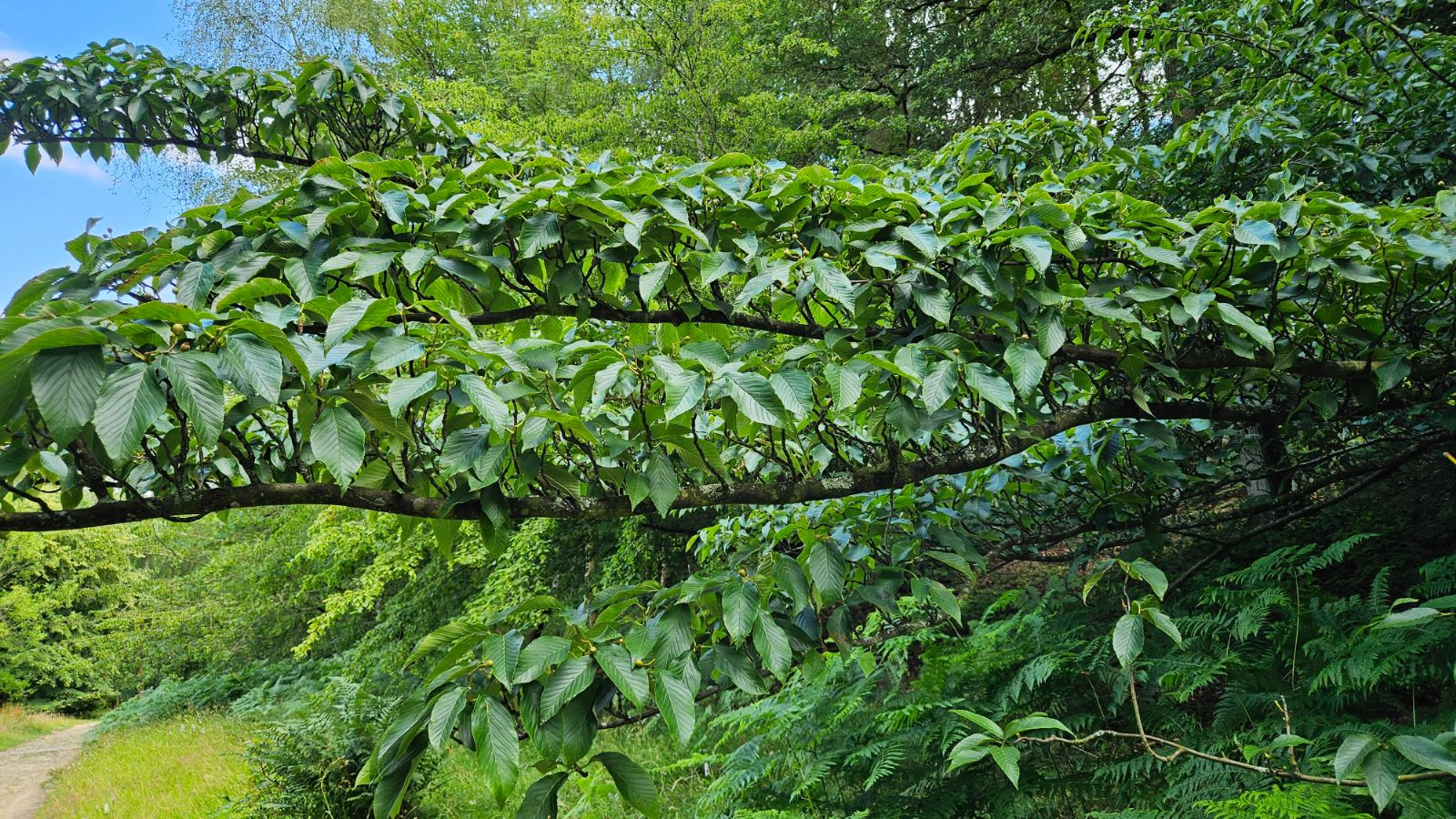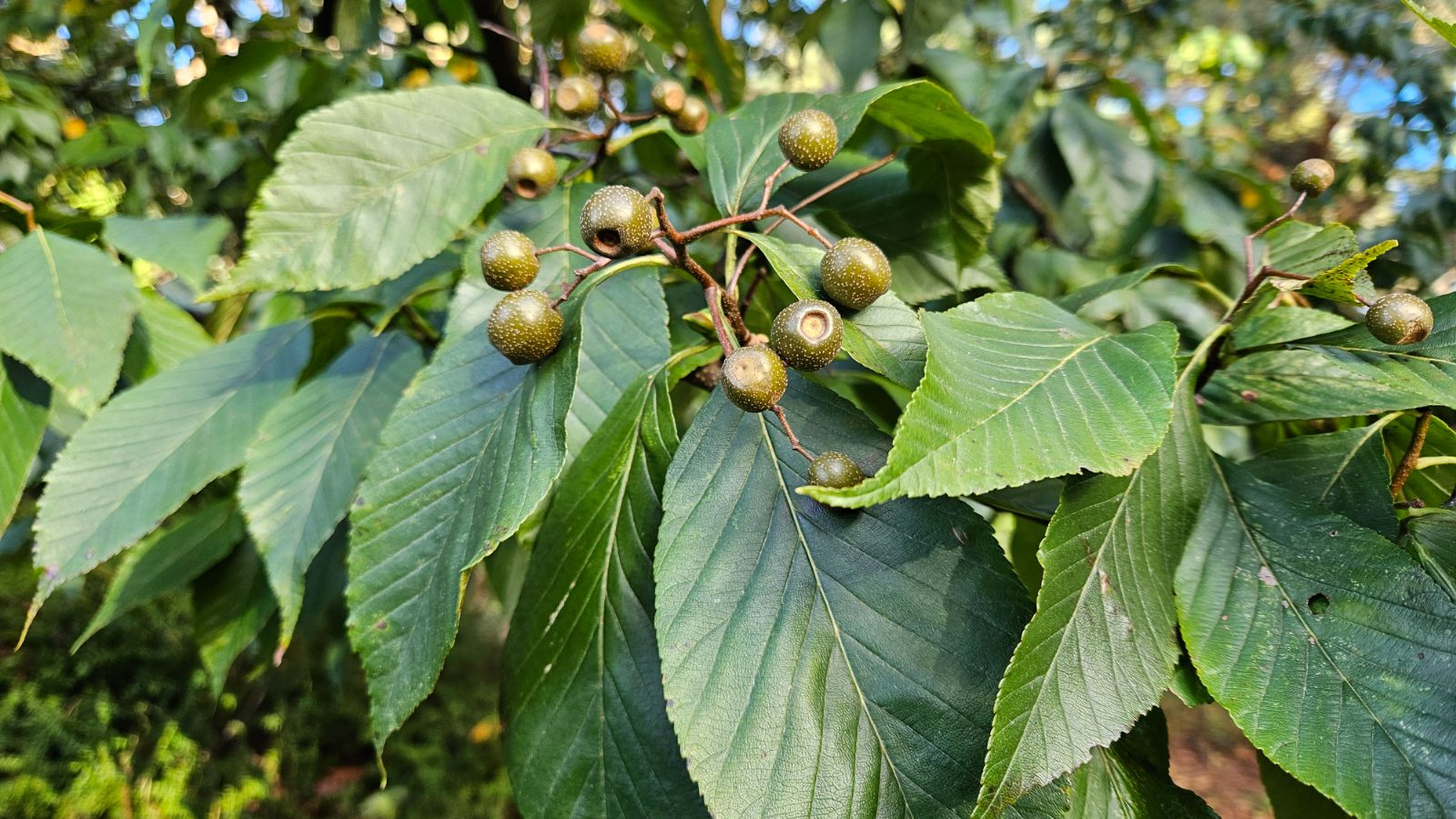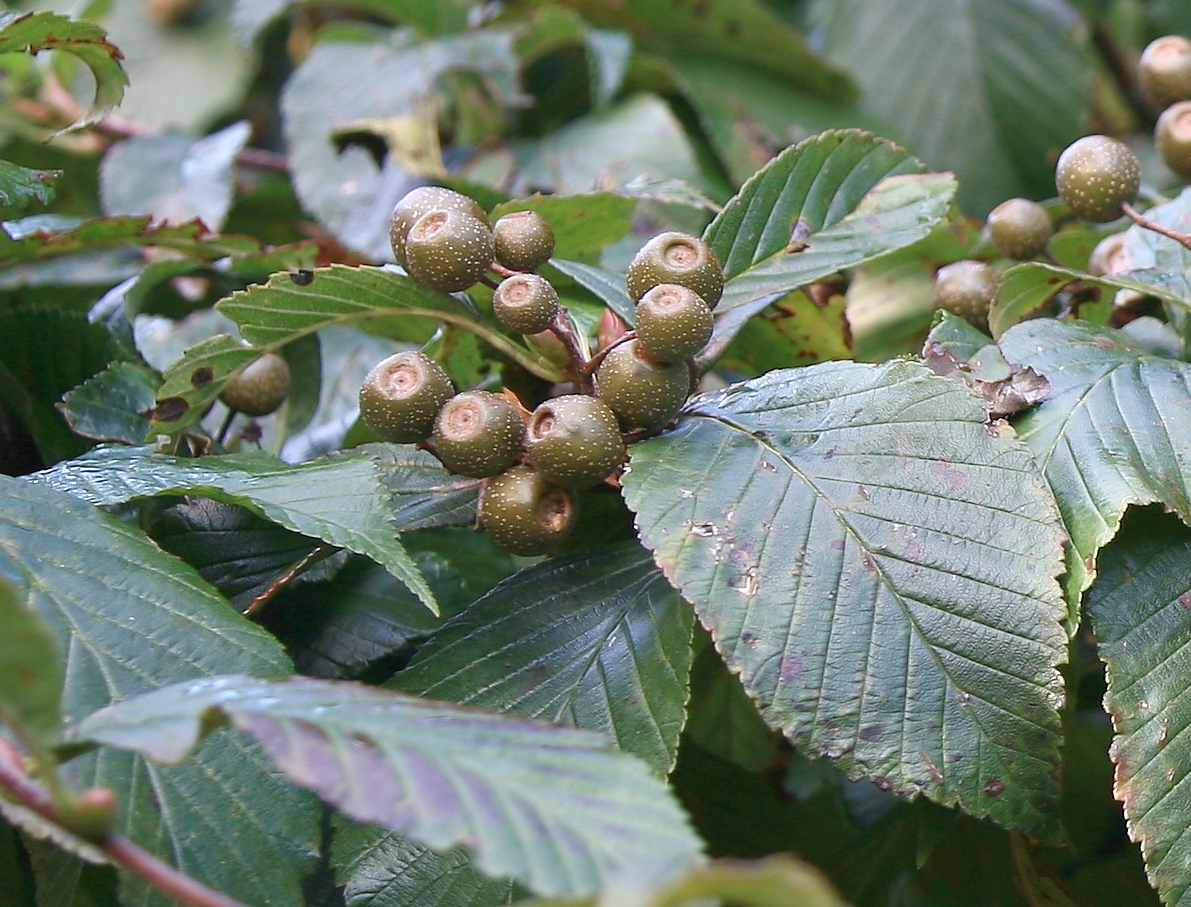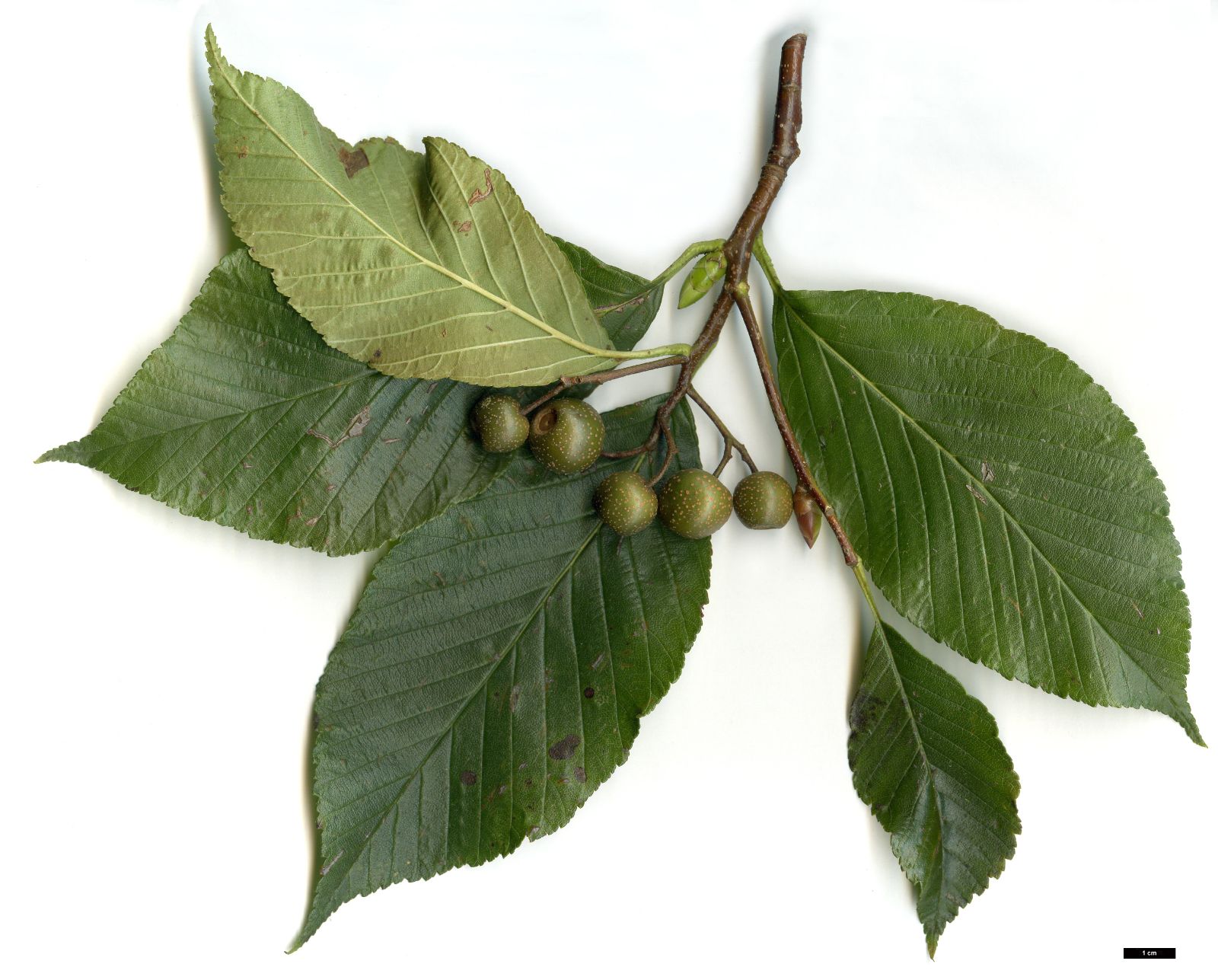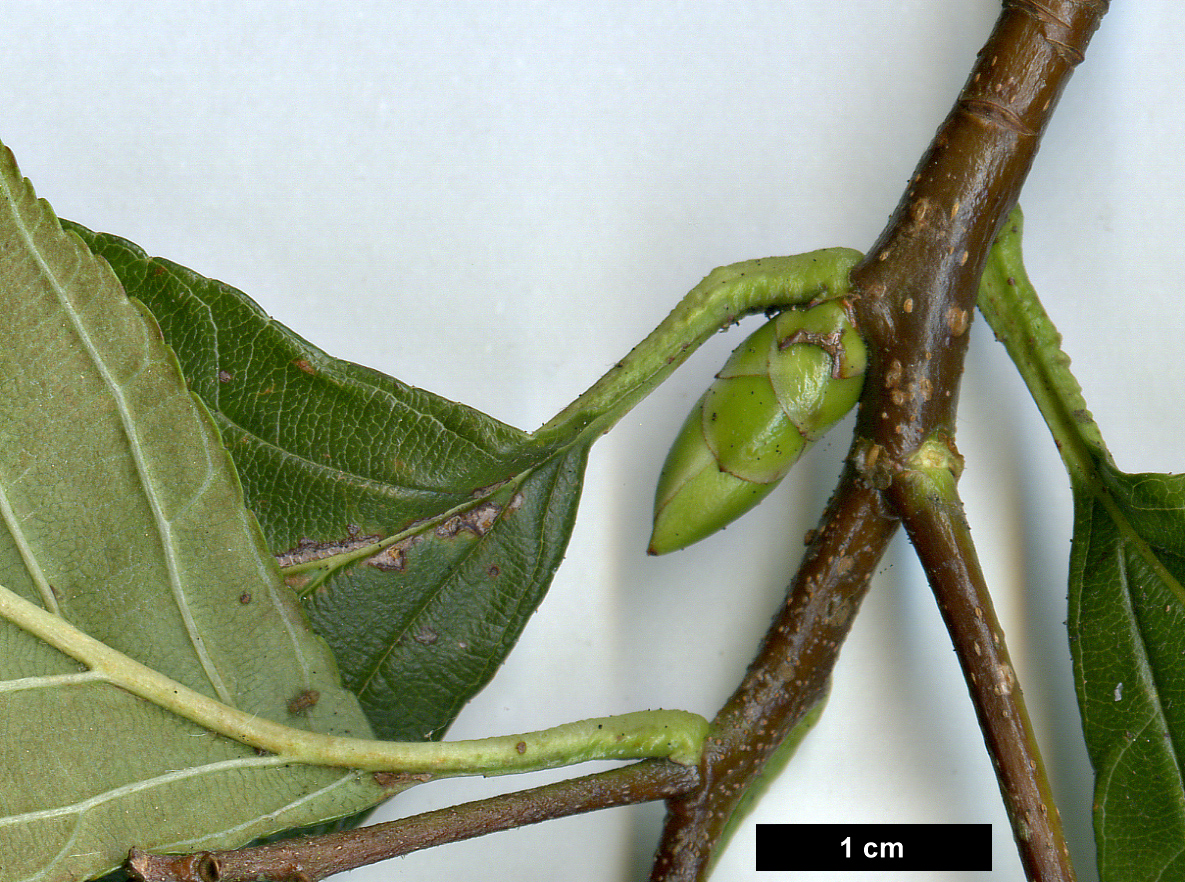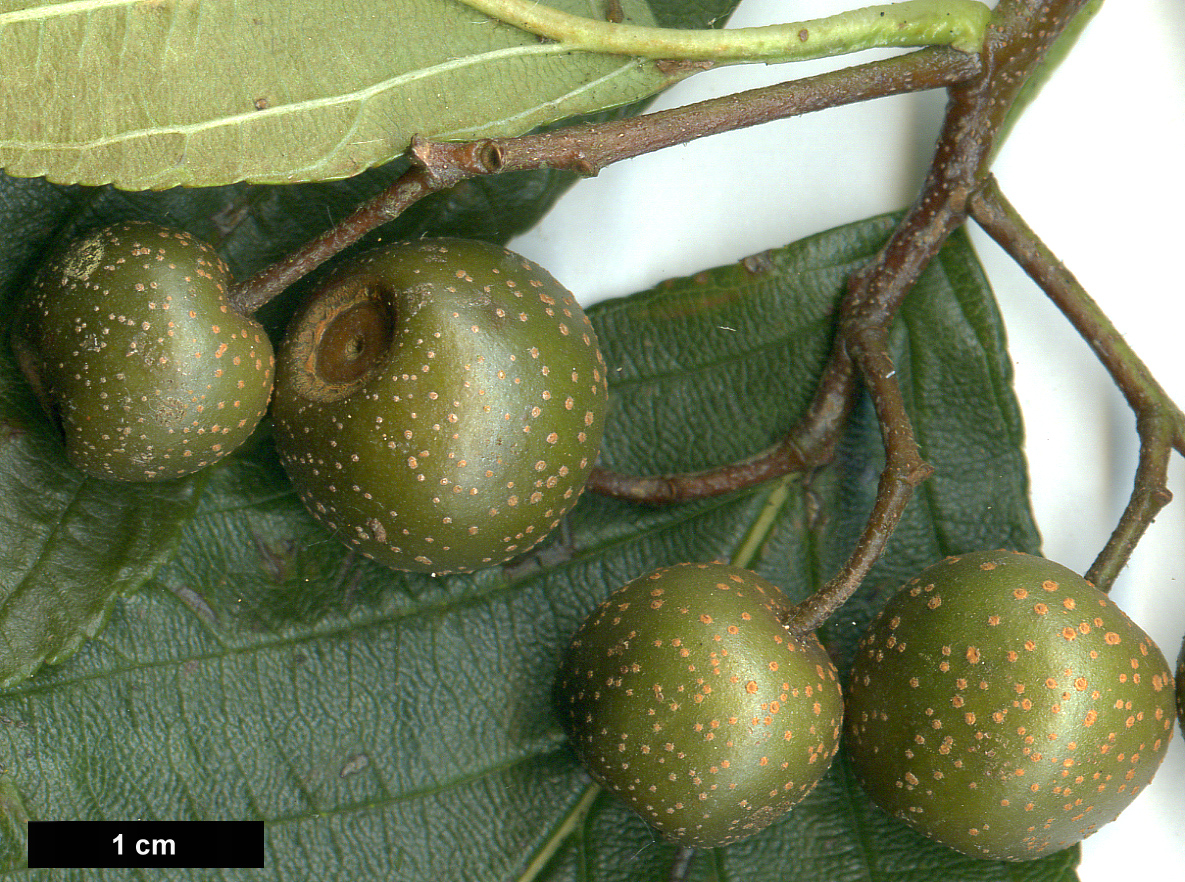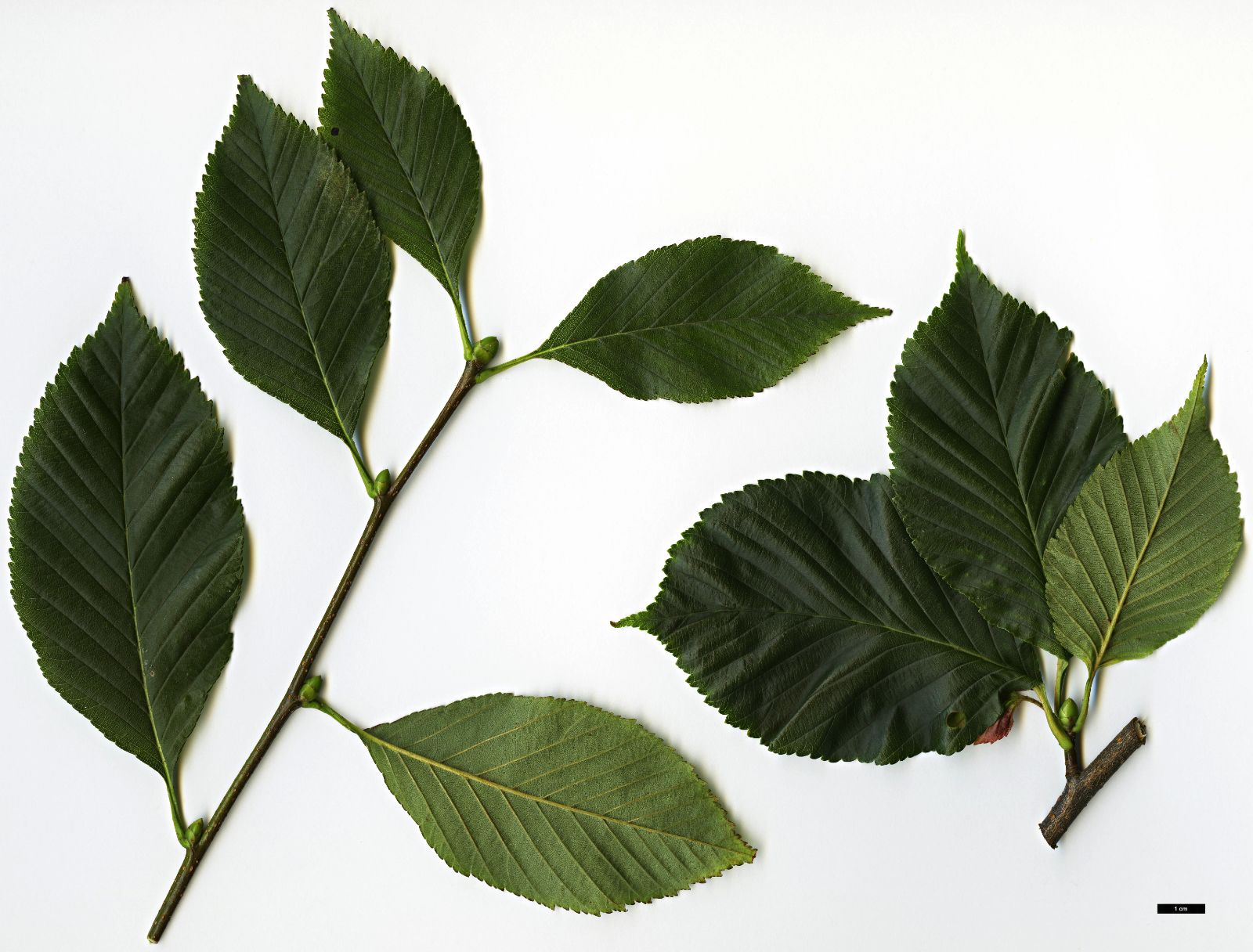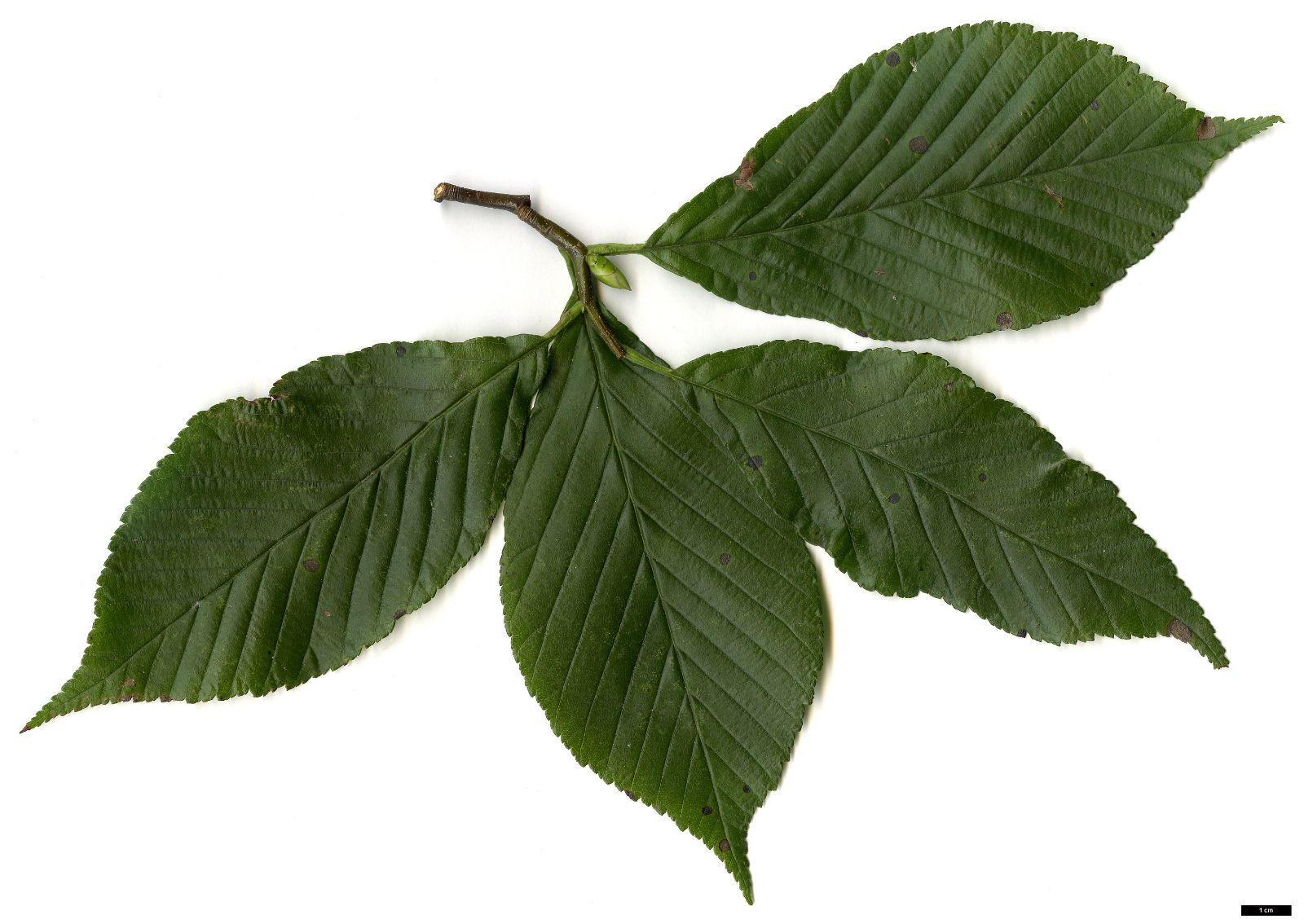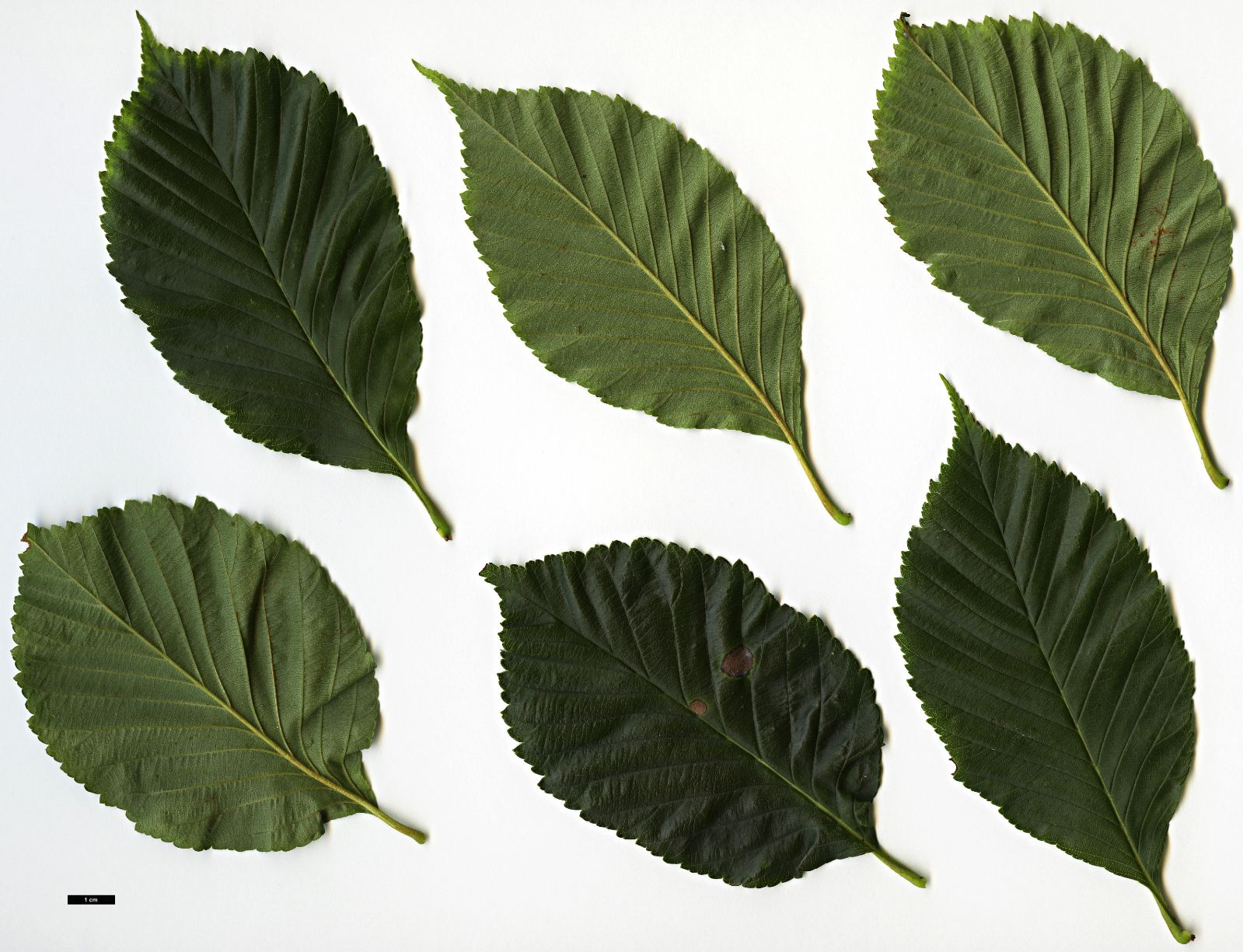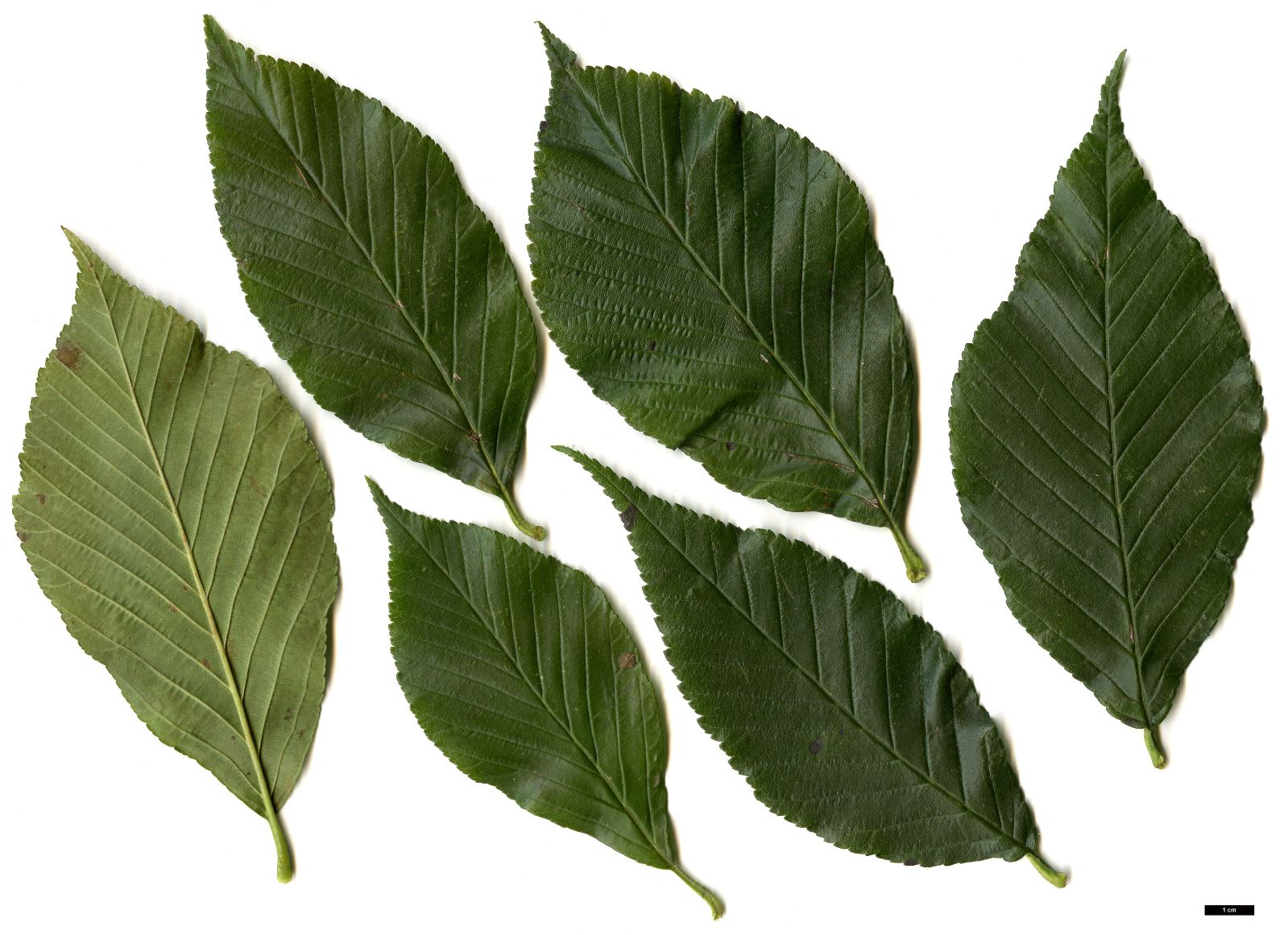Thomsonaria caloneura
Credits
Article from Bean's Trees and Shrubs Hardy in the British Isles
Recommended citation
'Thomsonaria caloneura' from the website Trees and Shrubs Online (treesandshrubsonline.
Genus
Synonyms
- Aria caloneura (Stapf) H.Ohashi & Iketani
- Micromeles caloneura Stapf
- Pyrus caloneura (Stapf) Bean
- Sorbus caloneura (Stapf) Rehder
Editorial Note
The text below is that of Bean (Bean 1981) who discussed this taxon under the name Sorbus caloneura. We have created this hybrid article – Bean’s text under the correct modern name, with appropriate synonymy – whilst we await sponsorship to enable a full revision of this genus to be written. We are re-organising the Sorbus sensu lato articles in this way to enable a new revision of Sorbus sensu stricto to commence in 2023, and to bring the nomenclature of this complex group of plants up to date in line with modern treatments.
TC, August 2023.
A slender tree to about 35 ft in the wild, with glabrous young shoots and large, ovoid, glabrous winter-buds 1⁄4 in. long and slightly more wide. Leaves elliptic to oblong, narrowed at both ends, 2 to 31⁄2 in. long, half as wide, irregularly double-toothed, clothed when very young with a loose floss which soon falls away, leaving them glabrous above but with a few hairs beneath on the veins and in the vein-axils; lateral veins in nine to sixteen pairs, impressed above and prominent beneath; petiole 3⁄8 to 1⁄2 in. long, at first hairy. Flowers white, about 1⁄2 in. wide, produced in rounded, dense corymbs 2 to 3 in. across; flower-stalks and receptacle downy. Anthers pink. Styles five, sometimes three. Fruits somewhat pear-shaped, 3⁄8 in. long, brown, lenticellate; the calyx falls away from the apex completely, leaving a small pit there. Bot. Mag., t. 8335.
A native of western, central and southern China, extending into the former Indochina and Malaysia; discovered by Augustine Henry; introduced by Wilson in 1904 for Messrs Veitch, in whose Coombe Wood nursery it flowered and fruited only five years later. It is a member of the section Micromeles, less common in cultivation than the closely allied S. meliosmifolia.

